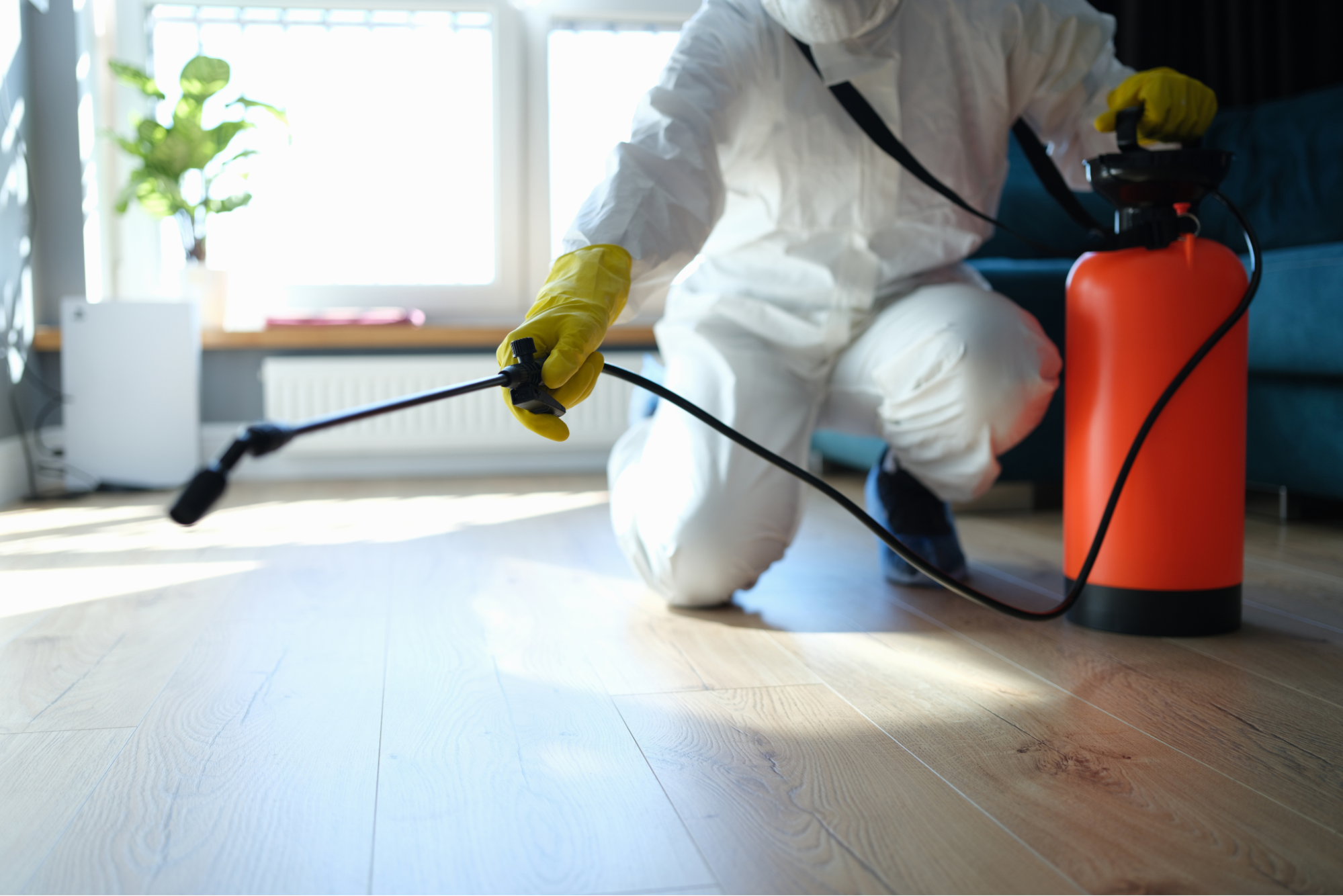Relied On A1 Exterminator Charlotte NC - Comprehensive Pest Solutions
Bed Insect Therapy Breakdown: Contrasting Chemical Vs. Non-Chemical Solutions
In the realm of parasite control, particularly when taking care of the relentless problem of bed pests, the choice between chemical and non-chemical treatment solutions can be a crucial one. Both approaches provide unique advantages and downsides, affecting factors such as effectiveness, security considerations, and general price. By examining the nuanced details of each technique, a more clear understanding of which course to seek in resolving a bed pest problem can be achieved.
Efficiency of Chemical Treatments
Chemical treatments for bed pest infestations have been widely recognized for their rapid and powerful effectiveness in removing these pests. When considering the effectiveness of chemical treatments, it is crucial to recognize that they can provide a comprehensive and quick remedy to a bed insect problem. Specialist pest control men commonly depend on insecticides to target bed bugs at numerous phases of their life cycle, including adults, eggs, and fairies. These chemicals typically function by interfering with the bed pests' nerve system, causing paralysis and ultimate death.
Furthermore, chemical therapies have the benefit of offering residual results, suggesting that they can remain to remove bed bugs also after the first application. This recurring activity is specifically useful in combating any kind of potential re-infestations. In addition, the rapid activity of chemical therapies can bring relief to people dealing with extreme bed bug infestations, permitting them to restore control of their living rooms quickly.
Safety Worry About Chemical Solutions
One important aspect that needs cautious factor to consider when using chemical solutions for bed insect therapy is ensuring the safety and security of passengers and the atmosphere. Direct exposure to certain chemicals utilized in bed insect treatments can lead to breathing issues, skin inflammation, or other negative reactions, specifically in people with pre-existing conditions or level of sensitivities.
Moreover, the ecological influence of chemical options is another considerable factor to consider. Some pesticides used in bed insect treatments may be harmful to useful insects, wildlife, and ecological communities if they seep right into the dirt or water systems. It is necessary to make use of chemical therapies carefully, adhering to safety and security guidelines, and thinking about less hazardous choices to mitigate these risks and guarantee the effective and secure administration of bed pest infestations.
Benefits of Non-Chemical Strategies
Thinking about the possible safety and security problems and ecological effect connected with chemical services for bed insect therapy, exploring non-chemical methods presents an appealing alternative with several distinctive advantages. Non-chemical techniques offer a safer option for households, specifically those with pet dogs, youngsters, or people conscious extreme chemicals. These strategies get rid of the dangers of exposure to harmful substances, reducing the possibility for unfavorable health impacts. Additionally, non-chemical treatments are eco-friendly, as they do not add to air or water pollution, making them a lasting option for insect control.
Additionally, non-chemical solutions can be reliable in targeting bed insects, consisting of hard-to-reach areas where chemical treatments might not penetrate - A1 exterminator charlotte nc. Methods such as heat treatment, vacuuming, steam cleaning, and bed mattress encasements supply comprehensive elimination without the usage of damaging chemicals.
Limitations of Non-Chemical Treatments

Additionally, non-chemical treatments commonly require several applications to attain successful removal. This can be taxing and might not always ensure full removal of all bed bugs and their eggs, particularly in hard-to-reach or surprise areas.
Furthermore, the success of non-chemical treatments heavily relies upon proper application and thoroughness, which can be challenging for people without my website specialist competence. Insufficient application of non-chemical approaches might cause incomplete removal, leading to consistent invasions and the requirement for extra treatments.
Therefore, while non-chemical treatments have their advantages, it is vital to acknowledge these restrictions and consider them when figuring out one of the most reliable strategy for taking care of bed insect infestations.
Expense Comparison: Chemical Vs. Non-Chemical Options
Provided the limitations associated with non-chemical therapies, a necessary aspect to examine in the context of bed pest monitoring is the cost comparison between chemical and non-chemical alternatives. Chemical therapies commonly include the application of pesticides by specialists, which can range from $250 to $900 per room, depending on the extent of the infestation and the size of the location to be treated. In contrast, non-chemical therapies like view warmth therapy or heavy steam can be extra costly, with expenses varying from $1,000 to $6,000 for a whole home. While the first expense of chemical treatments might seem reduced, multiple treatments may be called for to totally remove the infestation, possibly enhancing the overall cost. On the other hand, non-chemical choices may give a much more environment-friendly and sustainable service, although they can be cost-prohibitive for some people. Inevitably, when considering the expense of bed bug treatment alternatives, it is essential to evaluate the ahead of time costs versus the efficiency and lasting sustainability of the chosen approach.
Verdict

Taking into consideration the potential security problems and ecological impact linked with chemical solutions for bed bug treatment, checking out non-chemical strategies provides an appealing alternative with several unique advantages.Offered the limitations associated with non-chemical therapies, a necessary facet to review in the context of bed bug administration is the expense contrast between chemical and non-chemical choices. In contrast, non-chemical treatments like termite protection options warm treatment or heavy steam can be a lot more costly, with costs ranging from $1,000 to $6,000 for an entire home. While the preliminary expense of chemical treatments might seem lower, multiple treatments might be called for to completely get rid of the problem, possibly raising the total price.In verdict, when contrasting chemical and non-chemical bed pest therapy choices, it is crucial to consider efficiency, security, benefits, limitations, and cost.